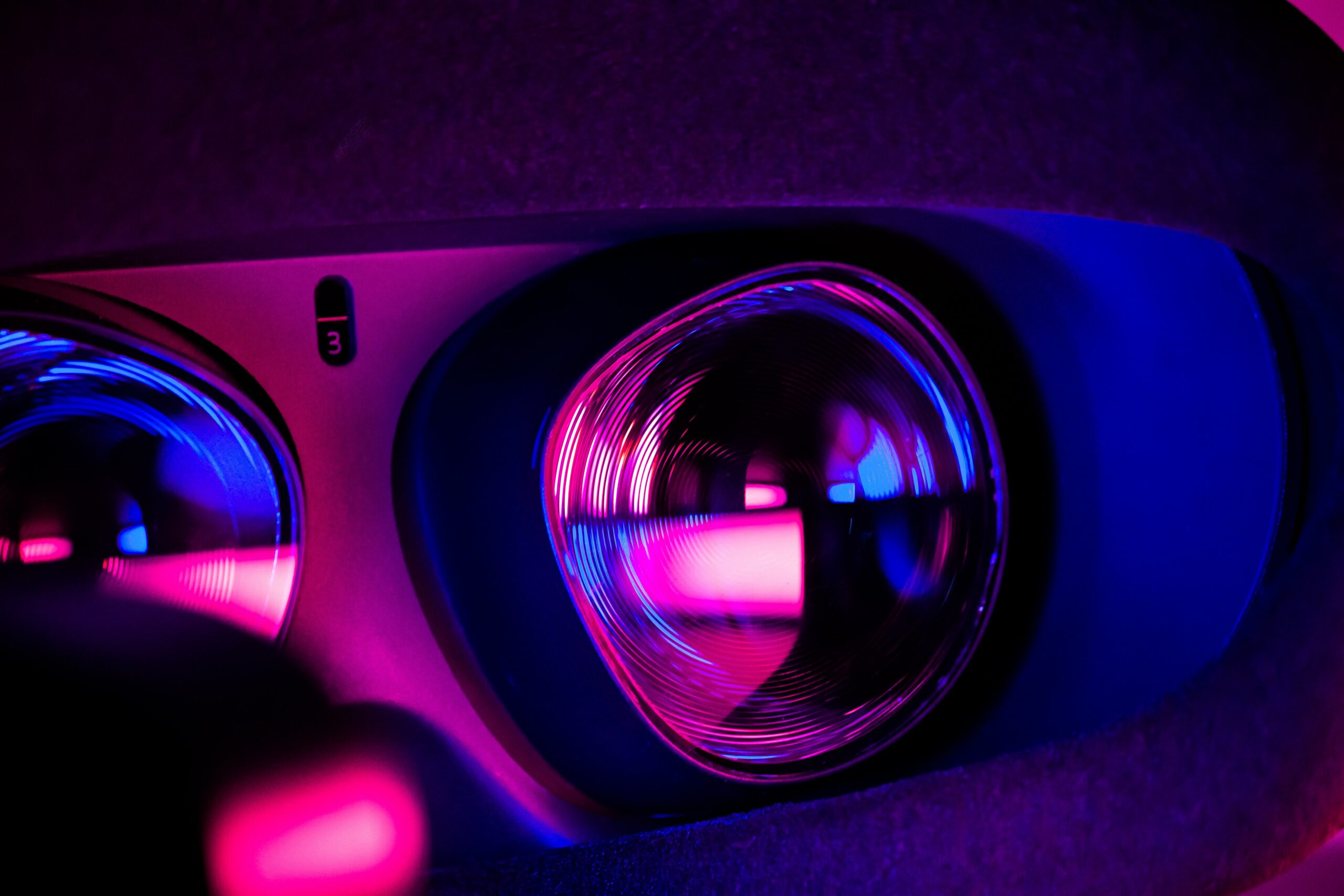What is Virtual Reality (VR) and Augmented Reality (AR)?

Virtual Reality this technology is completely immersive, tricking the senses into thinking that we are in a different environment or a world apart from the real one. With a head-mounted display or headphones, we experience a place of computer-generated sights and sounds where objects can be manipulated and moved using haptic controllers (controls that provide tactile feedback from what is happening in an environment on which interacting) while tethered to a console or PC.

Virtual Reality is mainly used for:
- Create an imaginary reality for games and entertainment (video games or 3D movies).
- Develop projects virtually to be able to see them before they physically exist (such as applications for real estate or construction companies)
- Enhance training in real life environments by creating a simulation of reality where people can practice beforehand (such as flight simulators for pilots).
Augmented Reality superimposes digital information on real elements. This technology keeps the real world at the center, but enhances it with other digital details, overlaying layers of perception and complementing your reality or environment.
Similarities Between VR & AR
- Improvement of reality, both allow users to live a greater experience by simulating certain actions that they can perform in real life, but with the advantage that the risks are minimal.
- Technology used they use the same types of technology to enrich the user experience but with their distinctive features.
- Relationship with leisure and free time. These two concepts are usually applied in the world of leisure, often linked to the video game sector and the integration of fantastic characters and beings. All these elements can now come to life under the control of the user.
- Use in risk operations both allow certain interventions to be improved, such as in the case of medicine or construction. Its use makes it easier for users to understand the procedures to follow, streamlining operations, avoiding errors and improving results.
Have you tried it already, tell us about your experience.





Responses